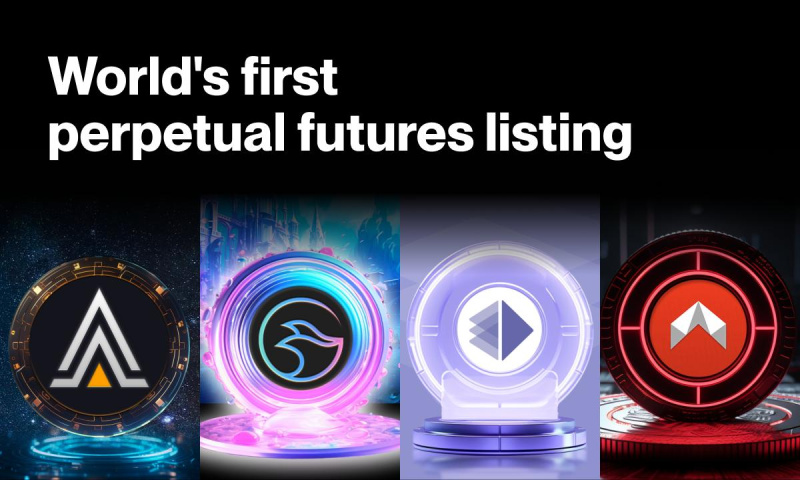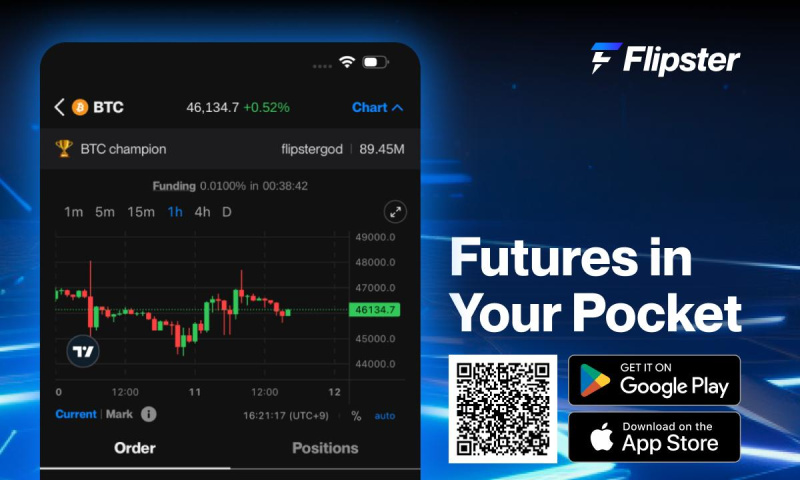[ad_1]
There’s a moment in the life of most enterprises where the connection between Domain Name System (DNS) and revenue comes into greater focus. It’s the moment when businesses discover that delivering high-quality applications, services and content requires more attention to the quality of DNS connections. For most businesses, this is also the moment when they discover that the free DNS services offered by domain registrars or DIY systems they’ve been using are no longer fit for purpose.
That connection between DNS performance and revenue is usually followed by a mental adjustment on the operational cost of a premium DNS hosting solution. Many IT teams aren’t accustomed to thinking about authoritative DNS as a distinct budget item. Until an outage or a “we can’t do that” conversation forces the issue, they tend to think about DNS as “free” or something that’s simply there for the taking. For example:
- BIND or DIY authoritative DNS solutions are usually built and maintained in-house. Since there’s no payment to an external provider, the “out of pocket” expenses of personnel time and compute resources are felt less acutely.
- Registrar DNS offerings are either included in a basic domain registration package or sold as a very low-cost add-on. As long as you stay within usage limits, DNS probably doesn’t come up as a specific cost to consider.
- CDN providers sometimes include authoritative DNS as an add-on to a larger web services package.
Some amount of sticker shock is common when businesses decide to move from one of the above models to a premium DNS provider like NS1®. It’s the network equivalent of paying for bottled water after a lifetime of drinking from the tap. Water (like DNS) is essential, but when you’re used to thinking about something as free, it comes as a bit of a surprise to pay for it in a distinct way.
The key thing to remember is that premium DNS services deliver more business value—you’re upgrading because basic solutions no longer fit your requirements.
Paying for business value
Nobody upgrades their DNS service just for fun. Most enterprises end up with a provider that offers premium DNS because they want to provide their end users with better service. They find that they’re losing revenue from slow applications or websites, and the only way to get faster performance is to move to a DNS service with wider reach, more resources and more customizable features.
This is particularly true of companies in the midst of a global expansion. When your users are suddenly popping up in more places around the world, you need to deliver consistently excellent service in a lot more places to capitalize on that opportunity. This is where limited registrar offerings usually drop the ball. Without the ability to steer traffic to the nearest data center, users will experience much slower performance as traffic is hauled halfway around the globe.
These enterprise-grade capabilities are where DNS starts to add distinct value for any network team, and that value is priced accordingly. Once these higher level DNS capabilities are implemented, the justification becomes clearer almost overnight. Unlike standard DNS services that run in the background virtually unnoticed, premium DNS capabilities are supposed to stand out and deliver on the distinct value that any network team would expect from a separate budget item.
Matching price to value
Here’s the thing: you’re always paying for DNS, even if you’re not used to seeing it in black and white. If you build your own solution, you pay for DNS through developer hours and server capacity. There’s also an opportunity cost of using those developer hours on higher value tasks and strategic projects. If you use a registrar offering, your end users are also going to experience slower performance and less reliability, simply because registrar infrastructure is underbuilt.
All these forms of bundled or so-called “free” web hosting solutions have another thing in common: they’re all extremely basic. Most of them are designed to host DNS records and answer queries—nothing more. If you want to tack on multiple DNS providers, gather insights from DNS data, use DNSSEC or perform even the most basic kinds of traffic steering, you’re probably out of luck. Protection from distributed denial of service attacks isn’t part of the package either.
The reason these DNS offerings can be easily tacked on to a bundle is that they don’t require a ton of back-end resources to support. They’re relatively easy to build and maintain, so it’s easy for a service provider to tack them on to a larger package. Yet when you purchase DNS from a provider that doesn’t have a specific competency, you often take on risk in a core IT system.
Making the leap
Most enterprises come to the realization that they need a premium DNS solution the hard way, through an outage or loss of customers from poor performance. Or maybe it’s a strategic realization they need more advanced capabilities to advance your business goals—capabilities that basic DNS simply doesn’t offer.
Either way, moving from basic DNS to a premium solution involves a significant mental adjustment. If you’re shopping around for a provider that does more than simply answering DNS queries, it usually means that you need a more advanced solution to meet changing business requirements (congratulations!).
Whether it’s a need for greater scale, more resilience or higher performance, a premium DNS provider means that you’ve progressed to the next level—a level where enterprise capabilities are needed across the spectrum of network capabilities.
The good news is that premium DNS solutions are more differentiated than their basic or bundled counterparts. You’ll have plenty of choice when it comes to how the solution is architected and which capabilities you’re interested in using.
Different companies in the space tend to specialize in certain market verticals (such as video streaming or regulated industries with reliability requirements) or provide products geared toward specific use cases (such as data-driven traffic steering between CDNs or fine-tuned data insights). It pays to find the capabilities that truly add value to your type of business.
NS1 represents the best business value of any premium DNS solution on the market. By addressing the operational risks and strategic shortcomings of basic DNS solutions, NS1 gives its customers the ability to succeed in new ways. From our API-first architecture to our sophisticated traffic steering capabilities to our resilient systems, NS1 has something for everyone.
We recognize that first-time users of a premium solution won’t use everything at once. We’re satisfied to grow with our customers—working with them to add value as their business needs change over time.
Leverage the power of premium DNS
Was this article helpful?
YesNo
[ad_2]

















